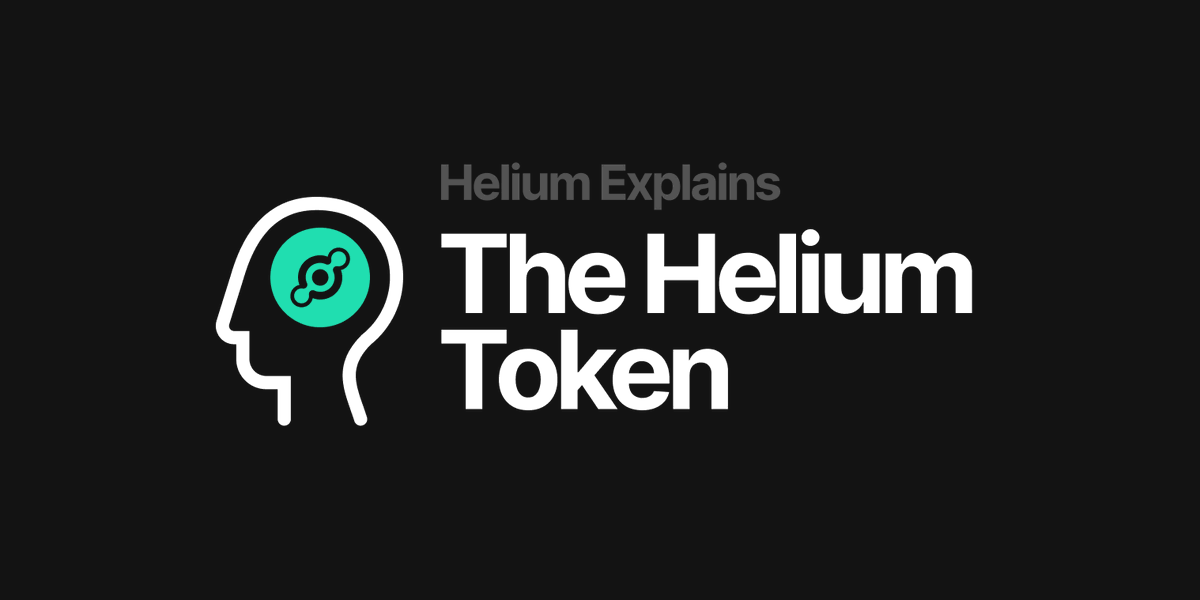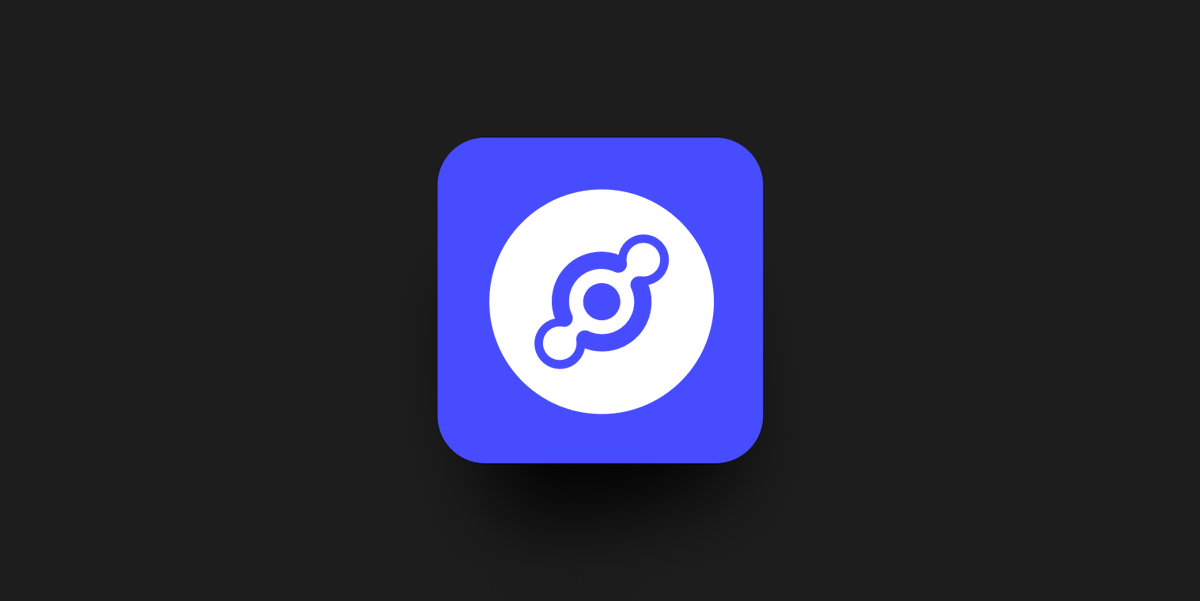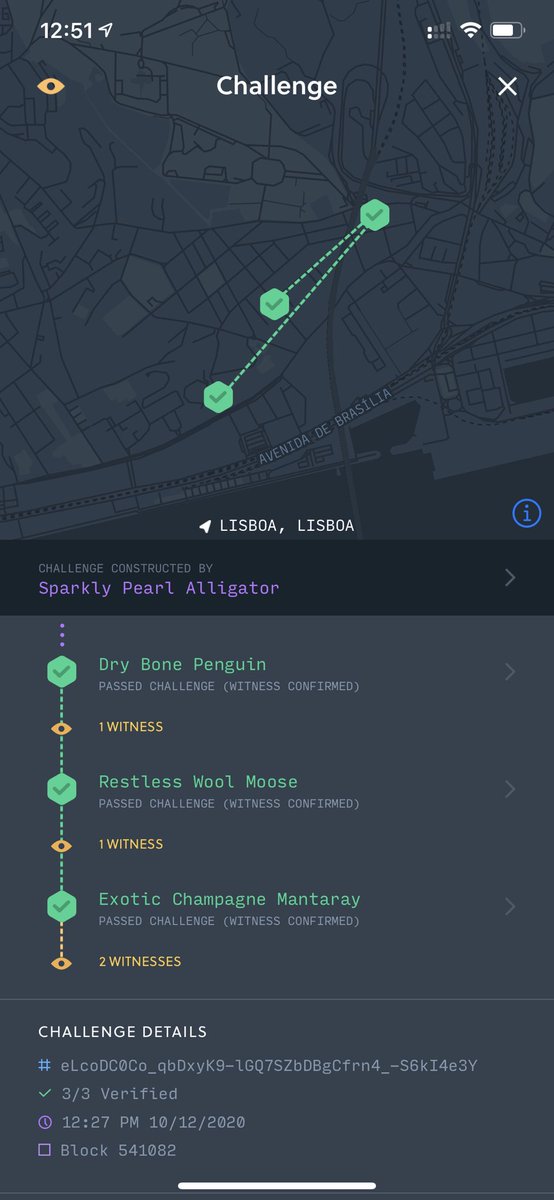
Helium Explains: The @helium Token 

The @helium Token is the native cryptocurrency and protocol token of the Helium Blockchain. Its symbol is $HNT. The first $HNT was produced on July 29th, 2019 at 09:43pm UTC as part of the Network's genesis block. Prior to this date, there was no premine of $HNT. 

The @helium Token is designed to serve the needs of two primary parties on #ThePeoplesNetwork:
1. Hotspot owners, who mine $HNT for providing and maintaining coverage.
2. Enterprises and developers, who connect #IoT devices and applications to the Network using Data Credits.
1. Hotspot owners, who mine $HNT for providing and maintaining coverage.
2. Enterprises and developers, who connect #IoT devices and applications to the Network using Data Credits.

Data Credits (DCs) are a $USD-pegged utility token derived from $HNT in a burn transaction and used to pay for all #IoT data and transaction fees on #ThePeoplesNetwork. One Data Credit costs $0.00001 (or, $1.00 buys 100,000 DCs), and Data Credits are produced by burning $HNT. 

This $HNT to Data Credit relationship is based on a design called a "Burn-and-Mint" equilibrium and is intended to allow for the supply of $HNT to respond to Network usage trends such that, when equilibrium is found, the amount of $HNT that exists remains static month to month. 

Since the @helium genesis block, the Network has minted a target of 5M $HNT per month. With the community approval of HIP 20, the Helium Blockchain now uses a two-year halving schedule, beginning on August 1, 2021, for a maximum supply of 223M $HNT. 

Learn more about $HNT and the new wireless economy on the @helium website: bit.ly/2Mja7lp.
• • •
Missing some Tweet in this thread? You can try to
force a refresh









